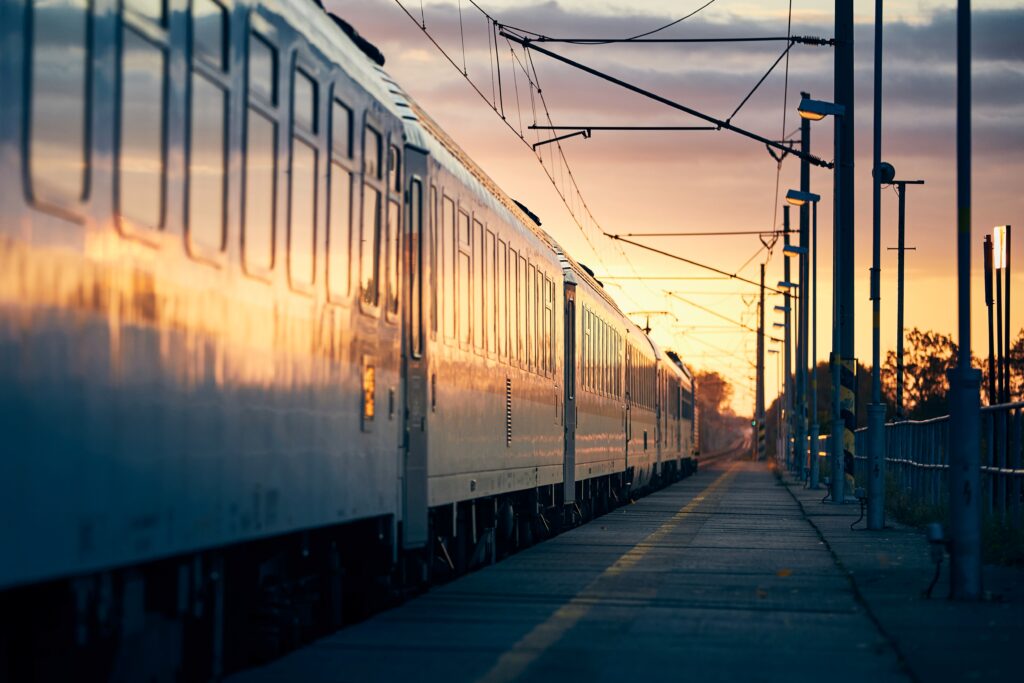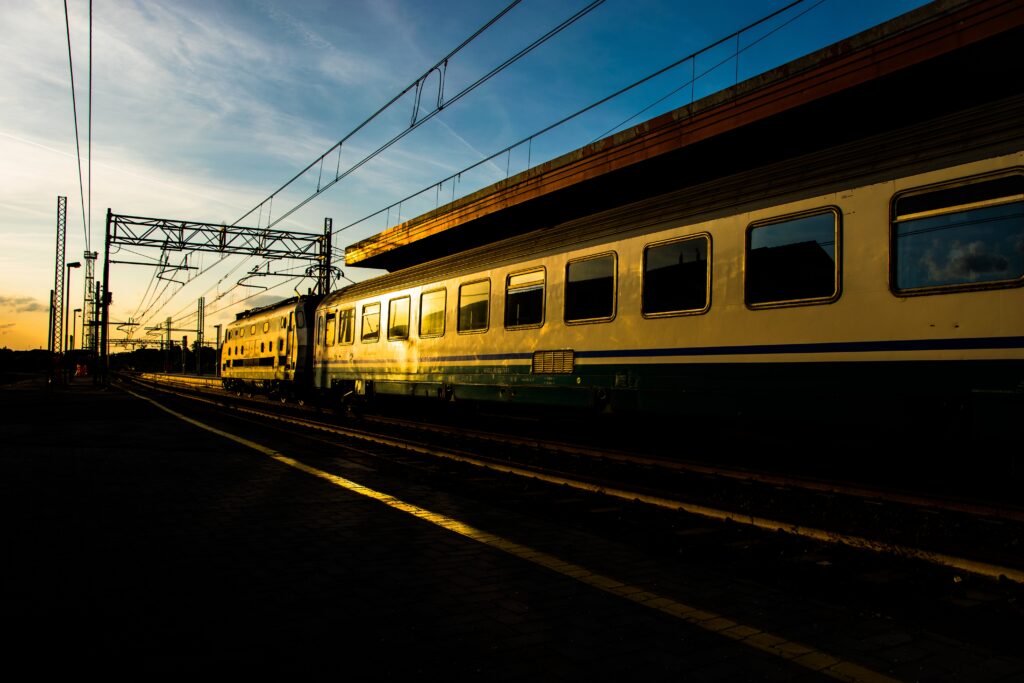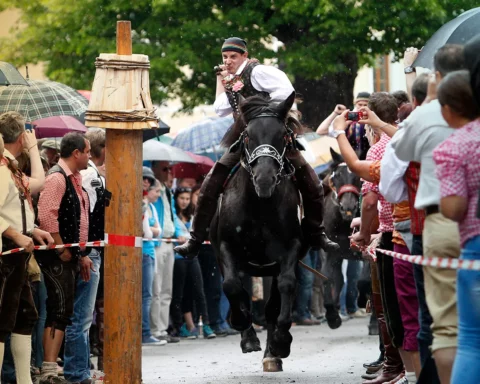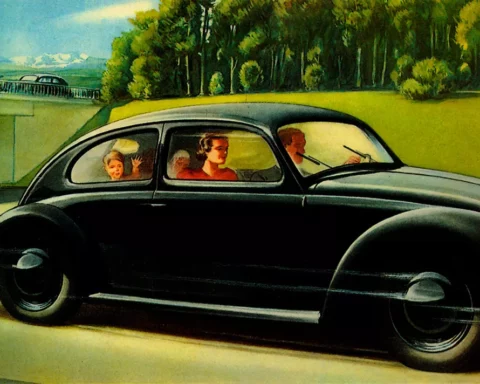In decades gone by, sleeper trains crisscrossed Europe carrying dozing passengers around the continent. Then, budget flights took off, and the sleeper train got derailed. In the 1990s, as low-cost airlines fought each other to offer barrel-scraping fares, demand for night trains disappeared.
Night Trains Derailed
By the late 2010s, several European countries – Germany and Switzerland, for example – were no longer running night connections at all, and the number of night train passengers across Europe went from around 5,000 per month to under 2,000.
It seemed that the days of sleeper trains were numbered. But then something unexpected happened. Flygskam – flight shame – was born in Sweden, and concerns around carbon emissions spread across the continent. Night trains – the European species, at least – were saved from the brink of extinction.


Nightjet jets off
Several countries are now rolling out night trains, but Austria was well ahead of the curve. In 2016, whilst other countries were shutting down their services, ÖBB – Austria’s national rail company – launched the Nightjet. They now have an impressive network of overnight routes, connecting Vienna to Paris, Brussels, Amsterdam, Hamburg, Rome, Venice and more.
Sleeper trains have – in part – brought back the enjoyment of the journey itself, something rarely said by passengers squished into tiny seats of budget airlines. With private cabins, train travelers can enjoy luxuries that even business-class air travel can’t match. Plus, there’s the pleasure of seeing the land flow by rather than staring at a plane wing.
Though taking longer than the equivalent flights, night train passengers rave about the comfort of the experience. There’s no check-in queue, no depositing and collecting luggage, and no waiting in line for security. Trains tend to be point-to-point, delivering passengers to and from city centers rather than distant, out-of-town airports. And by sleeping onboard, passengers can save on hotel costs, too.
The future of overnight trains
The Nightjet’s upgraded cabins promise ‘the future of overnight train travel.’ Traveling at speeds of up to 230 km/h, sleeper cabins are fitted with their own toilet and shower facilities. A comfortable seating area allows relaxed working, reading, or eating during the journey. A modern passenger information system displays the latest travel information. Alongside conventional plug sockets are USB charging options and even inductive charging stations. Passengers get a light breakfast with tea or coffee served in their cabins. And there’s a welcome bag waiting, containing wine, water, slippers, and a towel. It seems the strategy of offering comfort over cost and carbon is working.
“In recent months, we have seen another significant increase in demand: actually, we are often fully booked,” says Bernhard Rieder, ÖBB’s media spokesperson. By partnering with other networks in Croatia, the Czech Republic, Hungary, Poland, Slovakia, and Sweden – ÖBB offers EuroNight trains, giving passengers an extensive network across Europe.
There are still obstacles to sleeper trains’ growth, like infrastructural and bureaucratic hurdles, that must be solved before Europe’s network of night trains can really flourish. And ticket costs remain – on average – higher than the price of flights. But Austria’s ÖBB is demonstrating the demand, and their stylish cabins are drawing more and more people back to the romance of riding the rails overnight.







